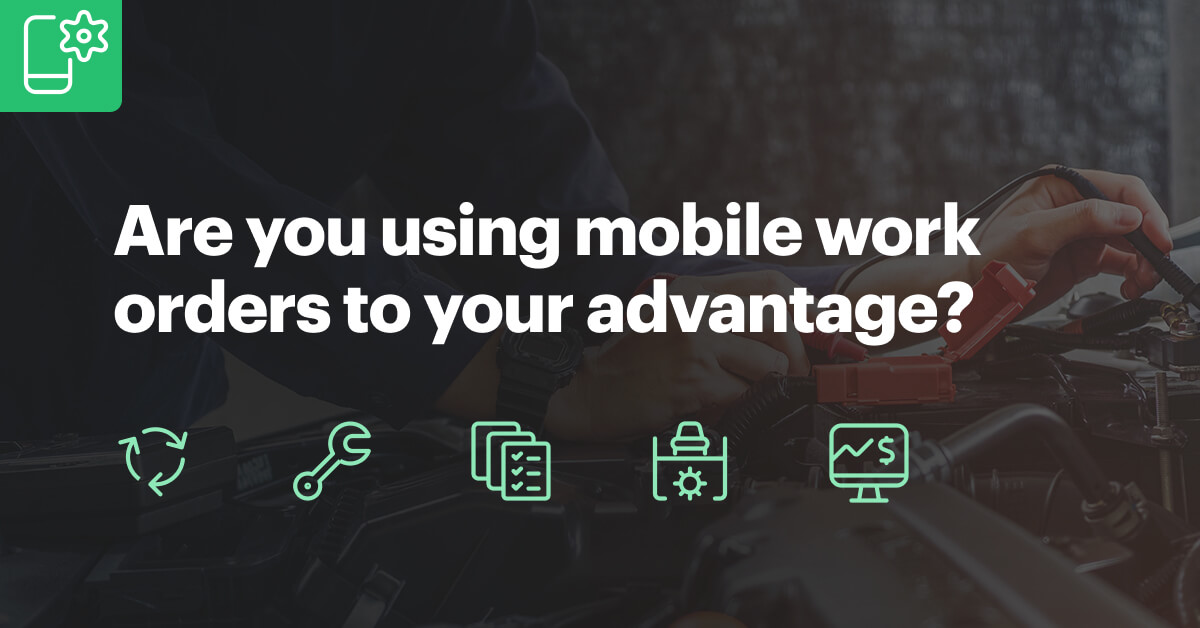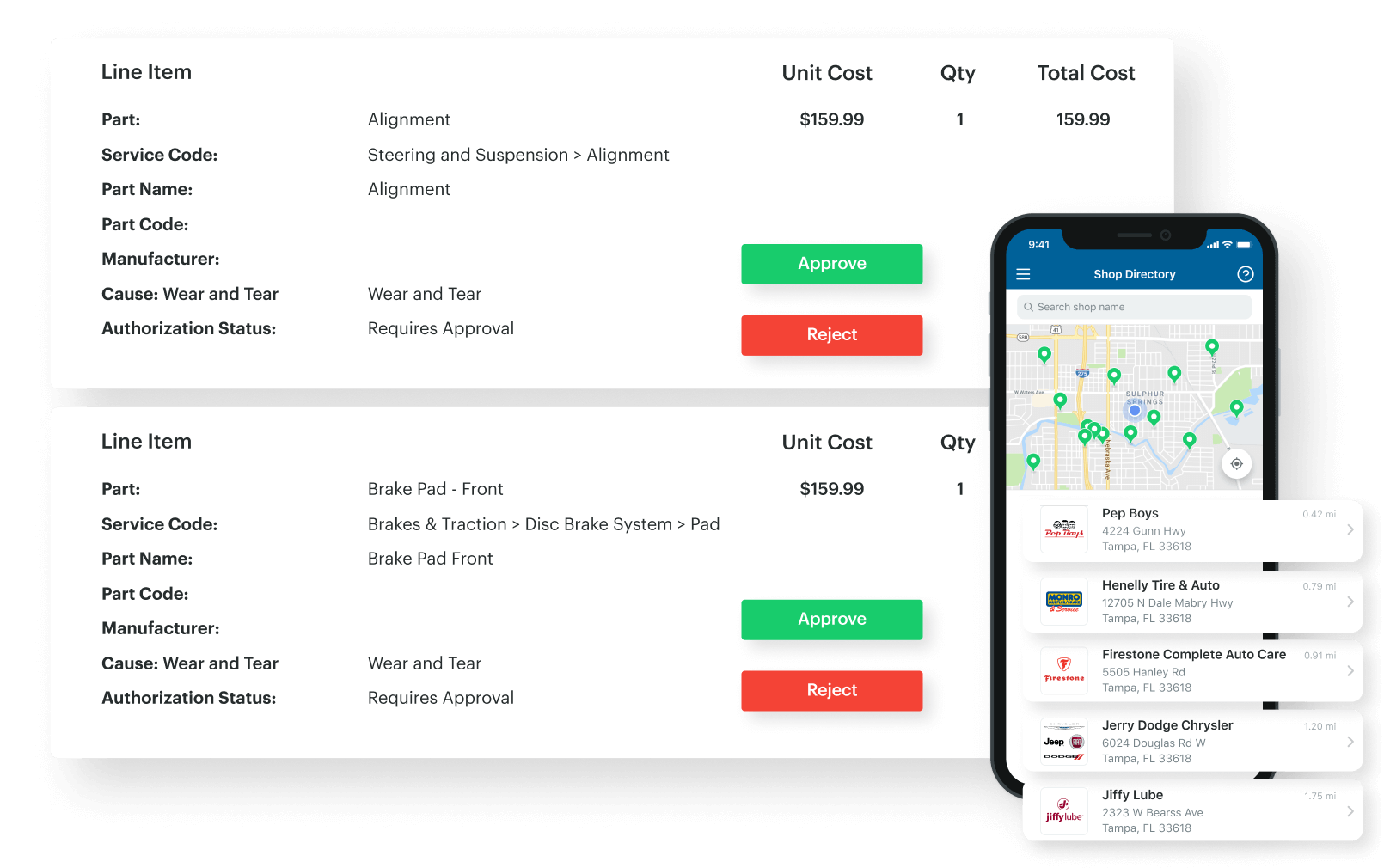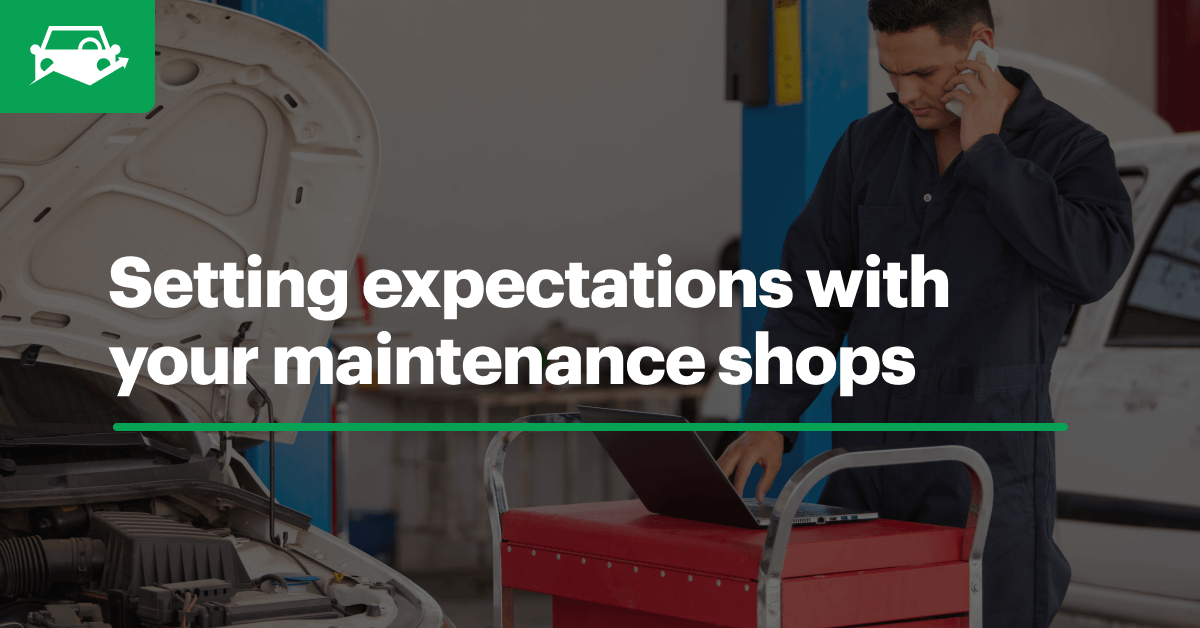As the common phrase goes, time is money. The faster fleet maintenance repairs can be approved, the faster vehicles get back on the road. So, how can you streamline maintenance authorization?

Maintenance authorization is not a given. Too often fleet managers will receive an extremely high service bill at the end of the month for maintenance tasks that they either didn’t have the opportunity to approve or negotiate on the price. This can throw off a fleet’s budget and is a surefire way to damage a fleet-to-service-provider relationship.
When approvals are a part of the maintenance process, it can vary among fleets depending on size and location.
Let’s consider the various authorization processes depending on whether fleets outsource maintenance to independent service shops, national service providers or a fleet management company (FMC).
Maintenance authorization processes
Independent or regional service providers
A larger fleet that remains in-state may conduct maintenance with a local or regional service provider.
When a repair exceeds a predetermined monetary amount, the fleet manager should receive a call, either from the driver or the service shop itself. The monetary repair limit varies according to the fleet manager’s level of trust or personal relationship with the shop.
The fleet manager is not typically on-site at the shop or with the driver at this time, so no work can be conducted on the vehicle until the fleet manager is reached and approves the work. Time is lost, sometimes for days, as the vehicle sits on the shop floor.
National service providers
A larger fleet that crosses multiple state lines in its day-to-day operations may elect to use a national maintenance provider. Since these service shops have locations around the country, the fleet manager is less likely to have a personal relationship with them.
Similar to processes with an independent or regional service shop, when a repair exceeds a predetermined monetary amount, the fleet manager receives a call, either from a driver or the service shop itself.
With a larger fleet size and number of shop locations, the fleet manager may be inundated with more calls. Arguably more time is lost on the national level compared to local level since more of a fleet manager’s time is tied up in approval conversations and other duties.
Fleet management company (FMC)
When a fleet selects a fleet management company to oversee its maintenance, the fleet manager does not wash their hands clean of maintenance authorization duties.
An FMC can approve a majority of repair requests and negotiate competitive prices for the fleets. There is often a threshold, however, where the FMC must still contact the fleet manager themselves for approval on larger repairs, such as a transmission rebuild.
The same bottleneck occurs where the fleet manager must be reached on the phone before further action can occur. In this case, there is also a third-party involved in the process. Once the FMC contacts the fleet manager who approves a repair, the approval must go back through the FMC and then on to the service provider before work can begin.
Streamlining the maintenance approval process
Fleet managers are busy people. When they are expected to be available to answer phone calls for maintenance approvals from drivers, shops or FMCs from numerous locations, they quickly become the bottleneck.
Remember that time is money, it’s valuable. Downtime costs a fleet between $450 to $760 a day per vehicle. A business takes a financial hit for every minute a vehicle sits on a shop floor awaiting a fleet manager’s repair approval. Even if you are not a revenue-focused fleet, an idle vehicle is both an inconvenience and time lost furthering your cause, whether that is responding to emergencies, transporting students or so on.
In order to streamline maintenance authorization, fleets must conveniently increase their response time. This can be accomplished with automatic approvals based on spending limits set by the fleet manager and electronic notifications to a fleet manager’s mobile device and desktop when work falls outside of those limits. Stop playing phone tag!
With electronic alerts, a fleet manager can review and sign off on a maintenance task with the click of a button. This avoids time spent making calls, listening to voicemails and returning calls. The process is even quicker if the fleet manager has access to an electronic service history of the fleet vehicles. Then the fleet manager can see when the vehicle was last serviced, the work that was done and the price. This helps fleets avoid duplicate work or paying more for the same task down the road.
Also, when applicable, this lessens the need to outsource fleet management duties to a third party, enabling the fleet manager to be contacted directly rather than going through a middleman. Instead of communication flowing from service provider to FMC to fleet manager back to FMC then service provider (yikes!), the process can be streamlined to service provider to fleet manager back to service provider.
Not only does this save more time, it provides transparency for the fleet manager into ongoing fleet maintenance tasks.
With outsourced maintenance, there is greater efficiency when involved parties can skip the phone calls and use direct electronic notifications.



